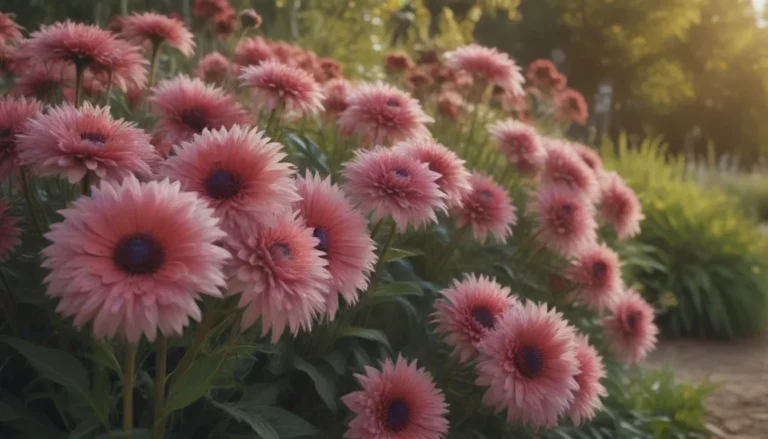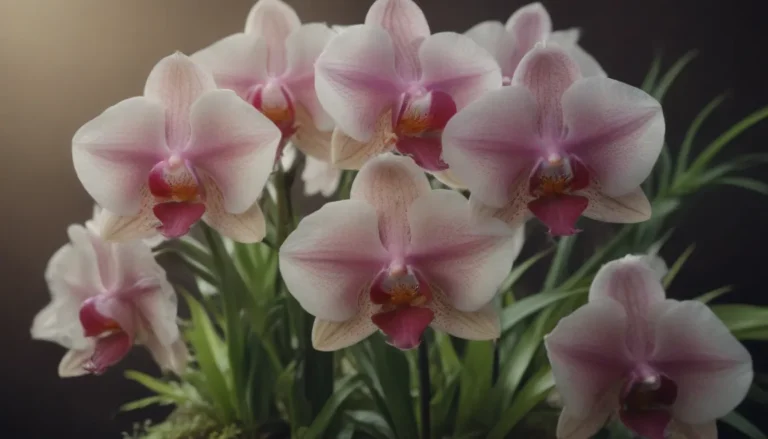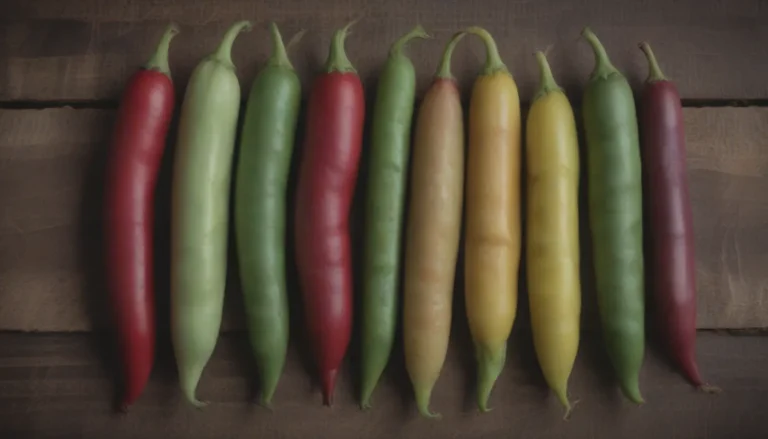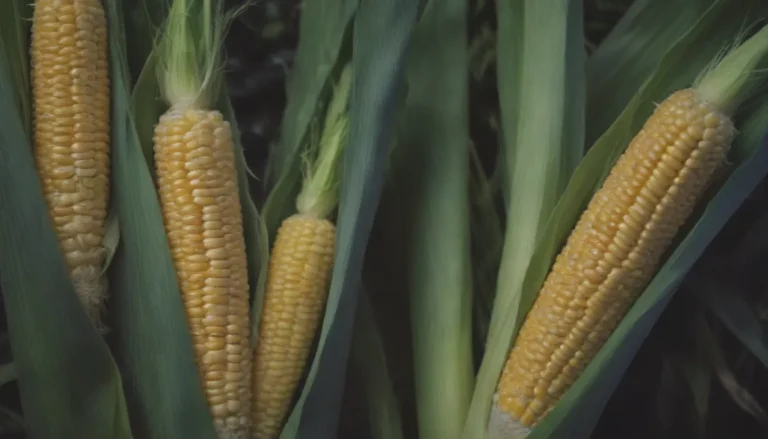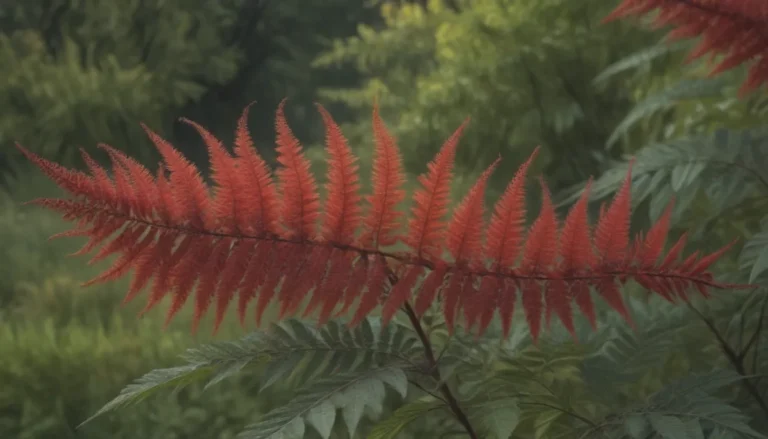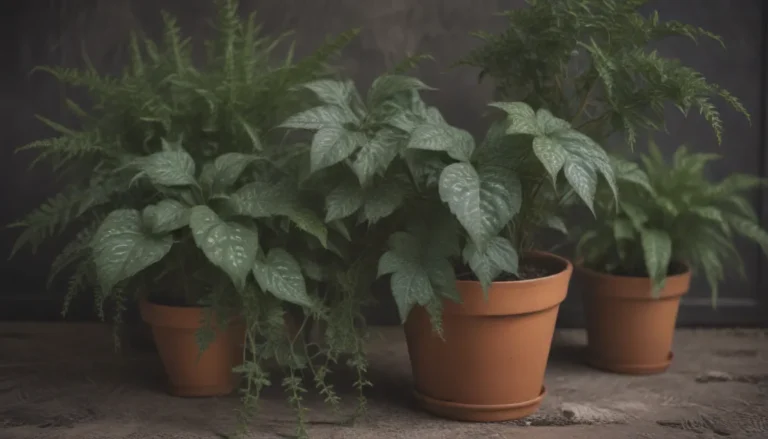The Beauty of Wildflowers: 12 Types for Your Summer Garden
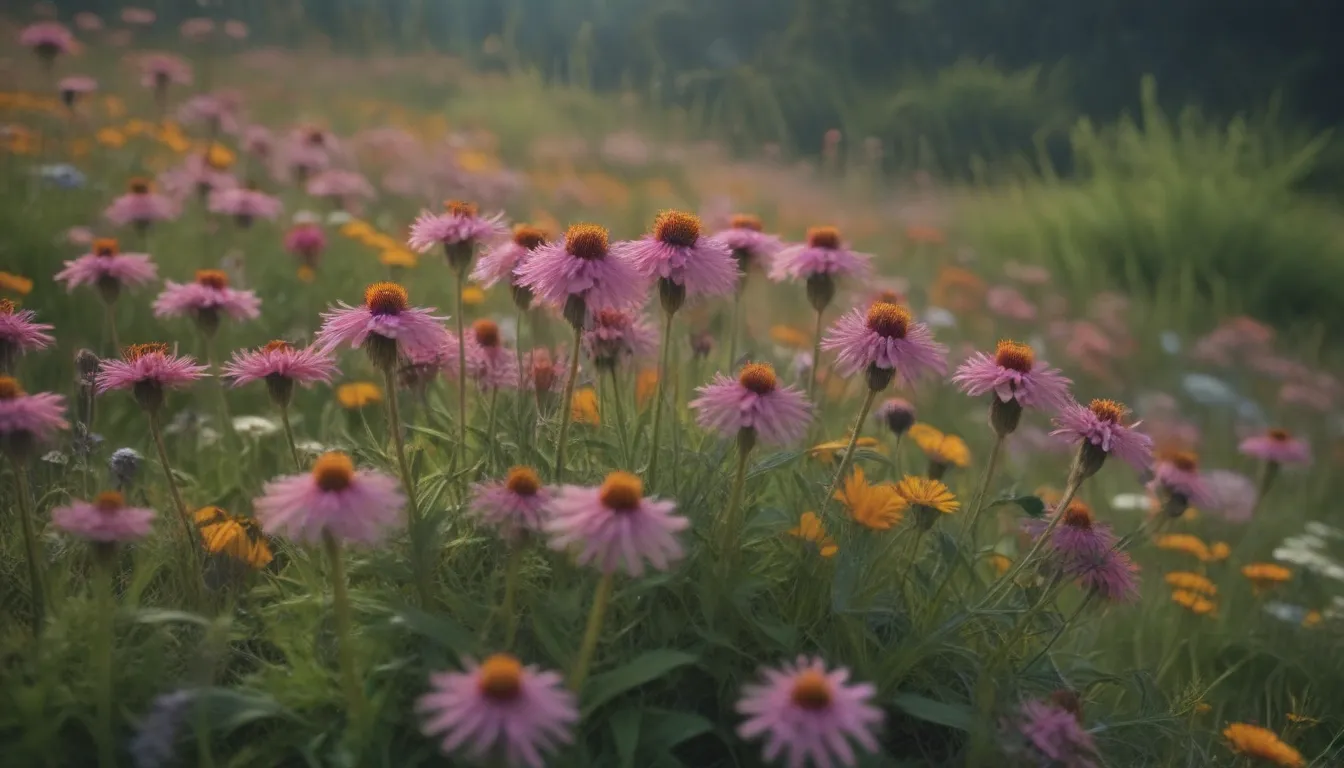
Wildflowers are a delightful addition to any garden, bringing a burst of color and a touch of nature’s beauty to your outdoor space. In the United States, the popularity of wildflowers is on the rise, thanks to their easy care and stunning visual appeal. Whether you’re a seasoned gardener or a newbie looking to add some pizzazz to your yard, wildflowers are a fantastic choice.
Why Choose Wildflowers?
Wildflowers offer an array of benefits that make them a popular choice for gardeners of all skill levels:
- Low Maintenance: Native wildflowers are well-suited to your region and require minimal attention to thrive.
- Colorful Palette: Wildflowers come in a variety of hues, textures, and foliage, brightening up your garden with their vibrant shades.
- Attracts Wildlife: Wildflowers are known to attract pollinators like butterflies and bees, enhancing your garden’s ecosystem.
- Drought Tolerant: Many wildflowers are adapted to survive in dry conditions, making them a great choice for water-conscious gardeners.
Tips:
- Native plants are best suited to your region and require less care.
- Non-native plants may need more attention to thrive.
12 Wildflowers to Consider
Here are 12 stunning wildflowers to consider adding to your summer garden:
New England Aster (Symphyotrichum novae-angliae)
Native to the northeastern U.S., the New England aster is a beautiful perennial that thrives in roadside plantings. With its cheerful purple blooms, this salt-tolerant plant is a lovely addition to any garden.
- USDA Growing Zones:
- Color Varieties:
- Sun Exposure:
- Soil Needs:
- Water Needs:
Blanket Flowers (Gaillardia aristata)
Blanket flowers get their name from their striking resemblance to Indigenous blanket designs. These North American wildflowers offer a two-toned look that adds a touch of whimsy to your garden.
- USDA Growing Zones:
- Color Varieties:
- Sun Exposure:
- Soil Needs:
- Water Needs:
Queen Anne’s Lace Wildflower (Daucus carota)
Queen Anne’s lace, also known as Daucus carota, is a charming wildflower related to carrots. With its delicate white blooms and carrot-like fragrance, this plant adds a touch of elegance to any garden.
- USDA Growing Zones:
- Color Varieties:
- Sun Exposure:
- Soil Needs:
- Water Needs:
Bachelor Buttons (Centaurea cyanus and Centaurea montana)
Bachelor buttons, also known as cornflowers, are prized for their true-blue blooms. These flowers were traditionally worn in the buttonholes by bachelors courting their sweethearts, adding a touch of romance to your garden.
- USDA Growing Zones:
- Color Varieties:
- Sun Exposure:
- Soil Needs:
- Water Needs:
Plains Coreopsis (Coreopsis tinctoria)
Plains coreopsis, a native wildflower to North American prairies, offers a burst of color with its bright blooms. This annual plant is a wonderful addition to any garden.
- USDA Growing Zones:
- Color Varieties:
- Sun Exposure:
- Soil Needs:
- Water Needs:
Coneflower (Echinacea purpurea)
Coneflowers are a favorite among gardeners for their vibrant colors and medicinal properties. With their purplish petals, these perennials add a pop of color to any garden.
- USDA Growing Zones:
- Color Varieties:
- Sun Exposure:
- Soil Needs:
- Water Needs:
Cardinal Flower (Lobelia cardinalis)
Cardinal flower is a striking red wildflower that attracts hummingbirds and thrives in wet areas. With its bold blooms, this native plant is a showstopper in any garden.
- USDA Growing Zones:
- Color Varieties:
- Sun Exposure:
- Soil Needs:
- Water Needs:
Rudbeckia (Rudbeckia hirta)
Rudbeckia, commonly known as black-eyed Susan, is a cheerful wildflower native to eastern North America. With its bright yellow blooms, this plant adds a burst of sunshine to your garden.
- USDA Growing Zones:
- Color Varieties:
- Sun Exposure:
- Soil Needs:
- Water Needs:
White Water Lily (Nymphaea odorata or Nuphar luteum)
Water lilies are a must-have for water gardens, with their iconic lily pads and delicate blooms. These aquatic plants add a touch of elegance to any pond or water feature.
- USDA Growing Zones:
- Color Varieties:
- Sun Exposure:
- Soil Needs:
- Water Needs:
Wild Cosmos (Cosmos bipinnatus)
Wild cosmos, native to Mexico, is a drought-tolerant plant that thrives in xeriscaping. With its delicate petals and vibrant colors, this wildflower is a stunning addition to any garden.
- USDA Growing Zones:
- Color Varieties:
- Sun Exposure:
- Soil Needs:
- Water Needs:
Chicory (Cichorium intybus)
Chicory root can be roasted and ground as a coffee substitute, making it a versatile plant for both gardeners and coffee lovers. With its blue blooms, chicory adds a touch of color to your garden.
- USDA Growing Zones:
- Color Varieties:
- Sun Exposure:
- Soil Needs:
- Water Needs:
Oxeye Daisy (Leucanthemum vulgare)
The oxeye daisy, a European native, has become an invasive plant in North America. Despite its invasive nature, this plant is popular for its white daisy-like blooms and hardy growth.
- USDA Growing Zones:
- Color Varieties:
- Sun Exposure:
- Soil Needs:
- Water Needs:
Tips for Growing Wildflowers
- Plant seeds in early to mid-fall for best results.
- Allow wildflowers to self-seed for natural growth each year.
- Consider the growing conditions, such as sun exposure and soil needs, when selecting wildflowers for your garden.
In conclusion, wildflowers are a beautiful and low-maintenance addition to any garden. With their vibrant colors and easy care, these plants are a fantastic choice for gardeners seeking to add a touch of nature’s beauty to their outdoor space. Whether you choose native plants or non-native varieties, wildflowers are sure to bring joy and charm to your garden. So why not add a splash of color with wildflowers this summer? Enjoy the beauty of nature right in your own backyard!
